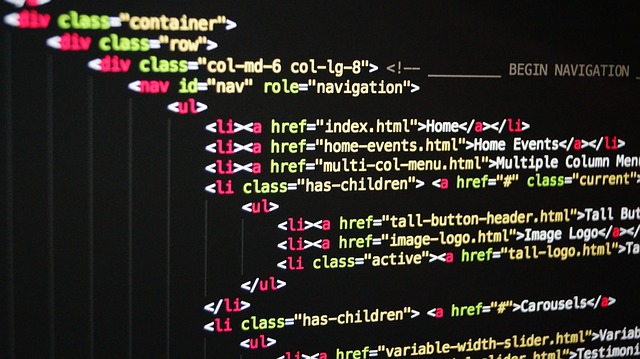A typical Webpage loads in less than 8 seconds with a 56k speed modem. The following things are common methods for you to speed up your page load time.
1. The majority of WebPages that includes JavaScript load them in at the outset of the document. The content won’t appear until the JavaScript has loaded in. Put any JavaScript following the document and this will load following the visual content has finished, thus lowering the loading time of the page. The page will still be loading if it’s visible inside the browser though the user will probably be oblivious to this particular.
2. Many sites load in external files like JavaScript documents and style sheets which add to the load duration of the page. If you add the external files from the main html file commemorate the code less readable but it also decreases the load time. When the website is complete and the code readability is less important you can paste external files into the main document.
3. There are various different image formats, the commonest are Portable Network Graphics (png), Joint Photographic Experts Group (JPEG) and Graphics Interchange Format (gif). Different formats provide a different quality of image and above all vary the it’s file size. A gif type image could be the smallest format if your images only have a few colours then this would be the primary choice. JPEGs may differ in quality and for that reason file size. You should pinpoint the smallest size it doesn’t lessen the quality of the graphic. PNGs have the greatest file size from the three and will basically be used by good quality images with transparent backgrounds. Bitmaps (bmp) are another familiar image file type but occupy a big quantity of memory. Fast loading webpages shouldn’t hold any images of the file type.
4. The use of images, in particular animated gifs, increase page load time and will be utilized in moderation. Animated gifs are made up of multiple graphic and thus have a greater file size. Lower file sizes of graphics will lessen a webpage’s load time. Also the level of files being loaded in externally plays a substantial role in page load time.
5. Animated gifs are fast being replaced by swf files or Flash animations. However they’re file size is considerably larger than that relating to animated gifs. They should only be used with a page where necessary. It is worth looking at utilizing an animated gif instead of a swf in case your animation is short and require any user interaction. Nevertheless it should also be noted that if the animation uses audio a gif will not be appropriate. You need to make sure you check perhaps the user includes a flash player installed when utilizing swfs and get these phones download one or even. This requires further coding and is also another motive to simply use Flash files where necessary.
6. It is advisable to combine separate images where you can to reduce page load time. Two separate images will use a greater overall file size than one. The more images the page has to load the harder http requests it has to execute and this also increases loading time.






